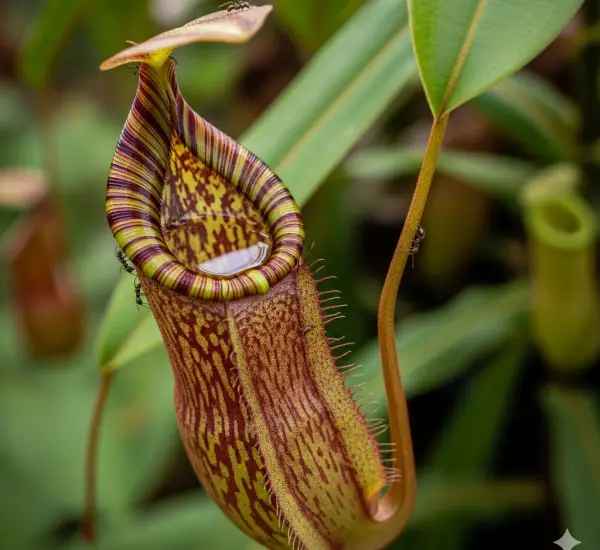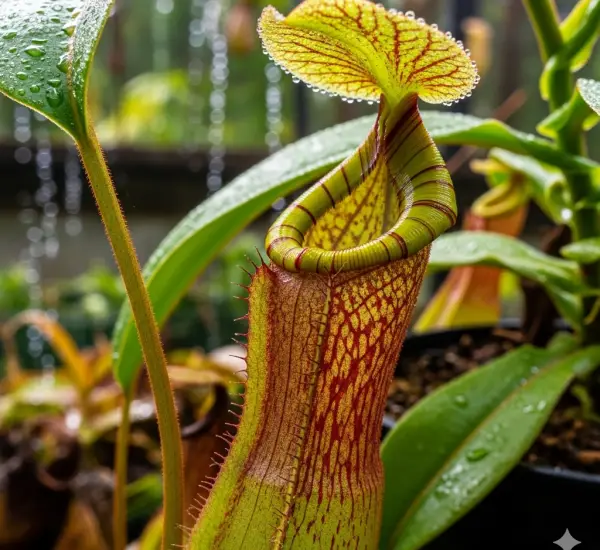Are you a fan of juicy, sweet blueberries? Imagine having a bountiful supply of these delicious berries right in your backyard, available throughout the year. While blueberries are typically associated with specific seasons, with the right approach, you can enjoy a continuous supply of fresh blueberries at home. In this guide, we will walk you through the steps to plant and care for blueberry bushes so you can enjoy their goodness year-round.
Choosing the Right Blueberry Varieties:
To ensure a year-round harvest, consider planting a mix of blueberry varieties. There are three main types of blueberries: highbush, lowbush, and rabbiteye. Each type has its own characteristics and preferred growing conditions. Highbush blueberries are the most common for home gardens and offer a range of cultivars suitable for different climates. Lowbush blueberries are compact and perfect for smaller spaces, while rabbiteye blueberries thrive in warmer regions.
Selecting the Perfect Location:
Blueberries thrive in acidic soil with a pH level between 4.0 and 5.5. Choose a sunny location with well-draining soil that meets these acidity requirements. If your soil is not naturally acidic, you can adjust it by adding organic matter like pine needles or compost. Ensure good air circulation around the bushes to prevent diseases.
Planting Blueberry Bushes:
- Prepare the Soil: Before planting, amend the soil with organic matter and adjust the pH as needed. Dig a hole large enough to accommodate the root ball of the blueberry plant.
- Planting Depth: Place the blueberry plant at the same depth as it was in its nursery container. Space multiple plants at least 3 to 5 feet apart.
- Mulch and Water: Apply a layer of mulch around the base of the plant to retain moisture and regulate soil temperature. Water the newly planted blueberries thoroughly.
Care and Maintenance:
- Pruning: Prune your blueberry bushes in late winter or early spring to remove dead or weak branches, promote air circulation, and encourage new growth.
- Fertilization: Blueberries benefit from regular fertilization, typically in early spring or late winter. Use a balanced, slow-release fertilizer formulated for acid-loving plants.
- Watering: Keep the soil consistently moist but not waterlogged, especially during the growing season. A drip irrigation system can help maintain proper moisture levels.
- Protection from Birds: To safeguard your blueberry crop from birds, use netting or bird-friendly scare tactics.
Extending the Harvest:
To enjoy a year-round supply of blueberries, consider these strategies:
- Multiple Varieties: Plant early, mid, and late-season blueberry varieties to stagger your harvest.
- Container Gardening: Grow blueberries in containers so you can move them indoors during colder months.
- Freezing and Preserving: Freeze excess blueberries during the peak season or make blueberry jam to enjoy during the off-season.
By following these tips and strategies, you can establish a thriving blueberry garden that provides you with a year-round supply of these delectable berries. With a little care and planning, you’ll be savoring fresh blueberries in your homemade pies, smoothies, and pancakes throughout the year. Happy blueberry gardening!



